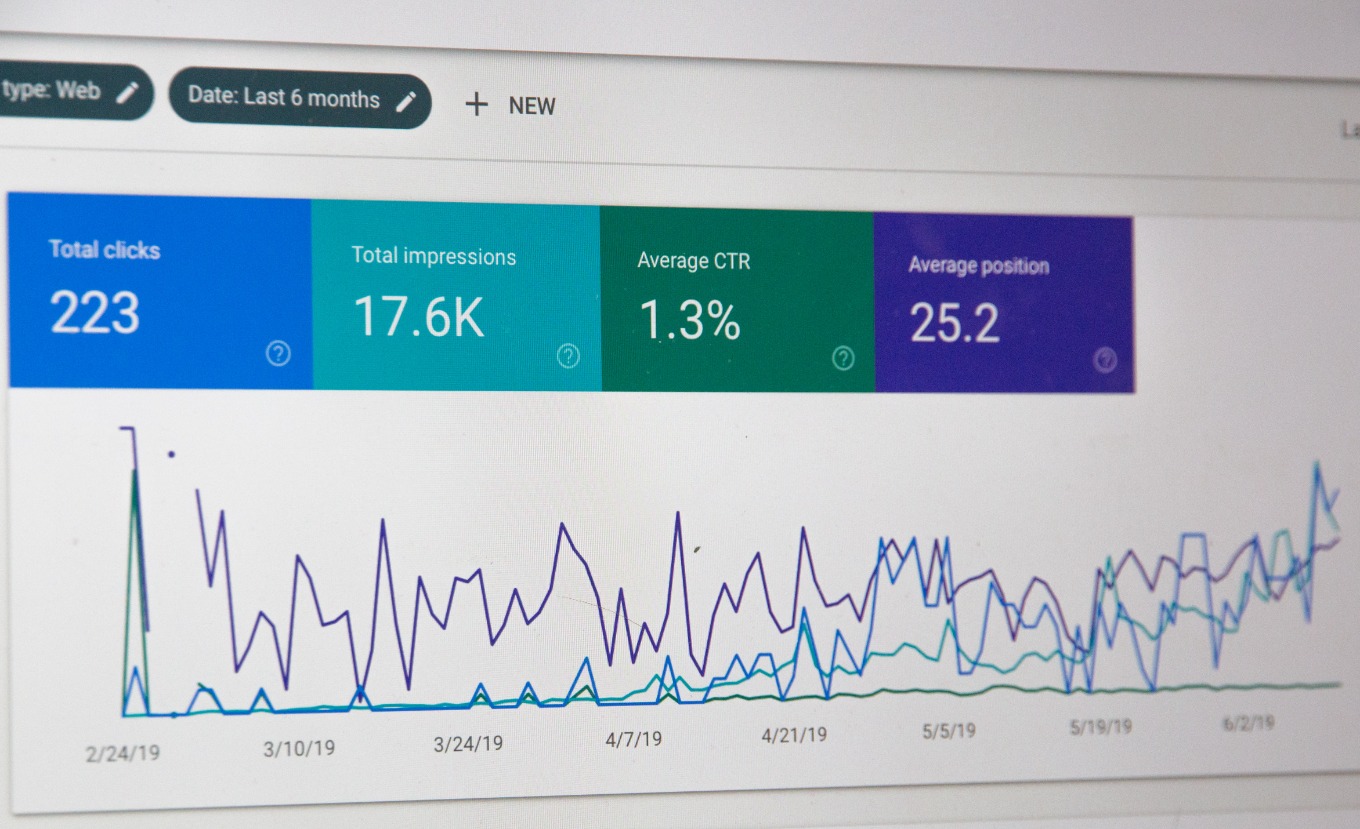How to Create a Budget for Your Hematology Practice
Setting the financial course for your hematology practice requires the same meticulous planning and analytical thinking that goes into examining your patients. Just as you consider the complexities of a patient's health, it is essential to approach the financial health of your practice from multiple angles. Crafting a budget tailored specifically for your hematology practice entails dissecting your office's operational costs, projecting future revenue streams, and defining actionable strategies for economic growth.
Let us begin with a truism straight from the annals of Economics 101: resources are finite. This is as true in the clinic as it is in macroeconomics. The money invested must generate returns, ensuring the practice's continued functionality and, optimally, its growth. But how does one approach this seemingly daunting task? The answer lies in the disciplined practice of budgeting.
The first step in creating your budget is to scrutinize your practice's operational expenses. These expenses can be bifurcated into two categories: variable and fixed costs. Variable costs are those that change with the volume of patients, such as medical supplies, pharmaceuticals, and certain laboratory tests. Fixed costs, on the other hand, remain constant irrespective of patient volume; these include rent, salaries, and insurance premiums.
It is critical to analyze each expense category in detail. The Pareto Principle, also known as the 80/20 rule, is a helpful tool in this regard. It posits that for many outcomes, 80% of consequences come from 20% of the causes. Applied to budgeting, this implies that a significant proportion of your costs likely results from a small fraction of your activities. By identifying and optimizing these areas, you can achieve substantial savings.
Next, project your revenue streams. Look back at the historical data and use statistical techniques, such as regression analysis, to forecast future revenues accurately. Recognize that patient volume is directly correlated with revenue, but also account for variables like insurance reimbursement rates and the mix of services provided.
Remember, revenue projections are not a mere extrapolation of historical data. They must also incorporate changes in your market environment. For instance, consider the impact of the Affordable Care Act or the emergence of telemedicine. These socio-political and technological shifts can both challenge and create opportunities for your practice.
With your costs examined and revenues projected, you can now delineate your budget. This is not an arbitrary exercise; it is driven by your practice's strategic objectives. Are you looking to expand your patient base? Invest in new technologies? Increase your clinic's services? Your budget should be tailored to support these goals financially.
At the intersection of revenues and costs lies the concept of margin. Simply put, margin is the difference between the price and the cost of a service. A sound strategy for your practice should aim to maximize the margin on each service provided. This does not necessarily imply increasing prices or reducing costs arbitrarily. Instead, it calls for a delicate balance: optimizing the quality of care provided while keeping costs under control.
Hematology, with its constant technological advancements and evolving treatment protocols, presents unique financial challenges. For instance, investing in a new piece of laboratory equipment might improve patient care but could also place a significant strain on the budget. A cost-benefit analysis can facilitate these decisions. This concept, borrowed from economics, involves comparing the benefits of an action (improved patient care, increased efficiency) against its costs (equipment expense, training).
Creating a budget for a hematology practice is an exercise in strategic planning. It requires an in-depth understanding of the operational costs, an ability to forecast revenue, and a keen awareness of the market environment. By aligning the budget with the practice's strategic objectives, you can ensure the financial health of your practice and its ability to continue providing high-quality patient care.
In conclusion, budgeting is not an exact science but rather a dynamic, ongoing process that requires constant attention and adjustment. It is a financial roadmap that guides your hematology practice towards its goals. With thoughtful planning and disciplined execution, a budget can serve as a powerful tool for steering your practice towards a thriving future.
Crafting a budget tailored specifically for your hematology practice entails dissecting your office's operational costs, projecting future revenue streams, and defining actionable strategies for economic growth.






